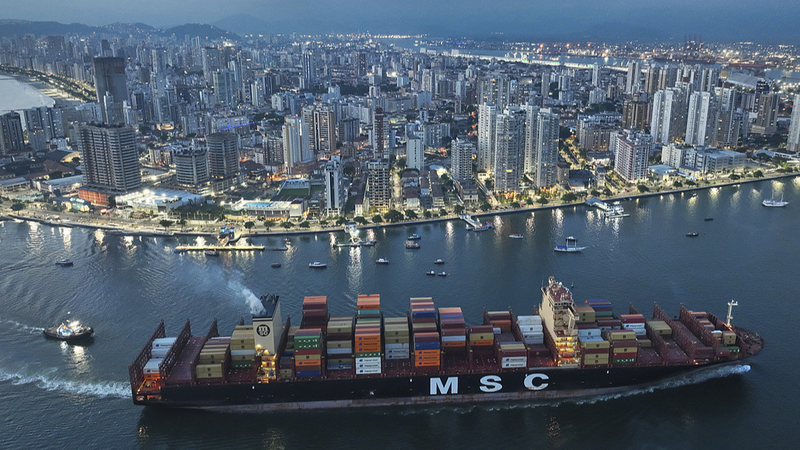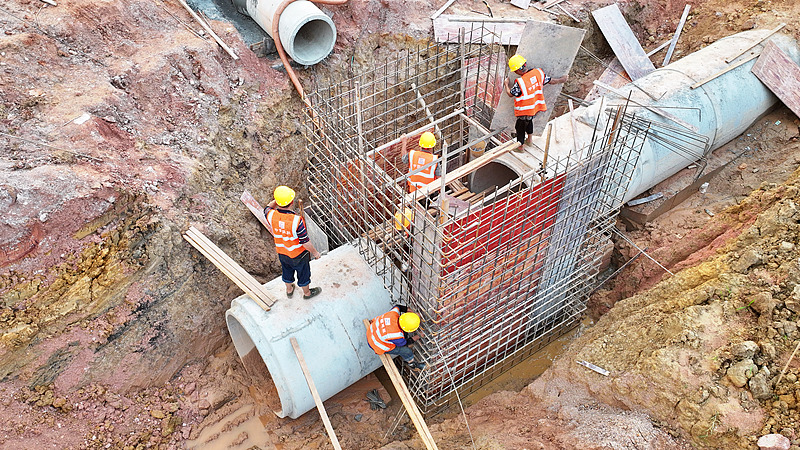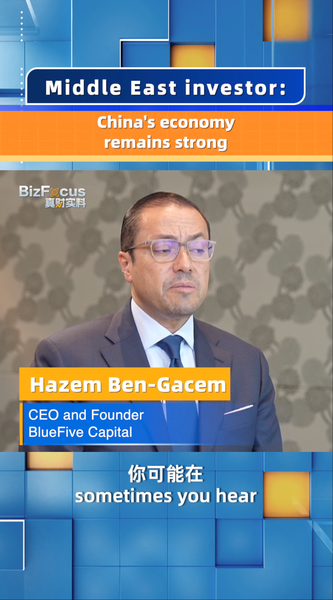As the Trump administration unveils sweeping 10% “reciprocal tariffs” on major Latin American economies—Brazil, Argentina, Chile, Colombia and Peru—and hikes duties to 15–38% for Venezuela, Nicaragua and Guyana, a new chapter of economic tension is unfolding.
These measures may seem modest, but for a region still recovering from the pandemic, they pack a punch. Latin American economies lean heavily on low-value-added exports like agricultural produce and minerals. Even a 10% tariff can squeeze profit margins, drive up import costs and fuel inflation at home.
In 2024, the region's GDP growth is projected at a fragile 2.3%. Under the USMCA agreement, Mexico avoids the newest tariffs, but ongoing duties on steel, aluminum and cars still bite. With the United States as both primary trade partner and top investor, these measures threaten to stall the post-pandemic rebound.
The United Nations Economic Commission for Latin America and the Caribbean (ECLAC) has already trimmed its 2025 growth forecast by 0.4 points to just 2%. The commission warns that tariffs not only curb exports but also stir financial market volatility—a double blow for economies on uneven footing.
Rather than react defensively, many Global South nations see an opening. Could this pressure catalyze deeper regional cooperation? From shared supply chains to collective negotiations, a united front might reduce over-reliance on Western markets and build more resilient economic ties.
For entrepreneurs, tech innovators and policymakers alike, the stakes are clear: reshaping trade networks now could define the next decade of growth across the Global South. As Latin American nations weigh their options, the world watches—and many wonder if this tariff clash will spark a new era of South–South collaboration.
Reference(s):
cgtn.com




